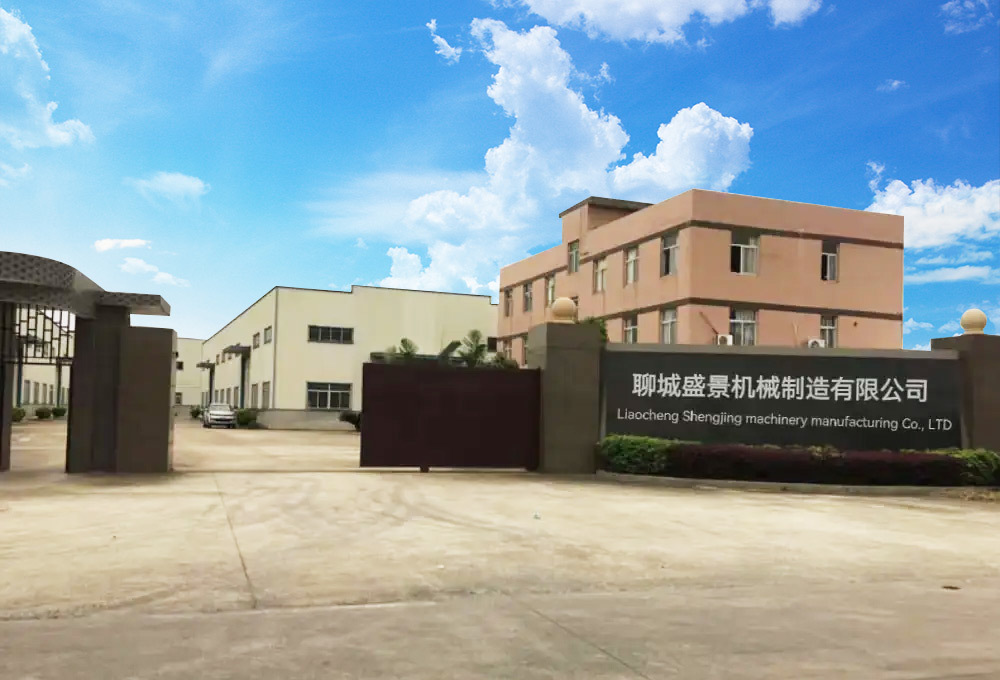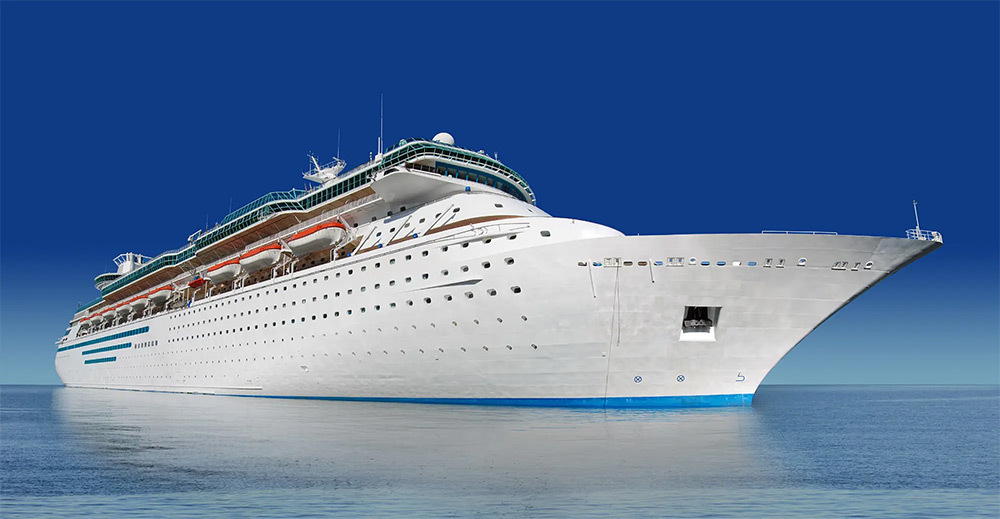Exploring Different Types of Rudder Blades for Various Vessels
Release Time:
Jun 04,2025
Exploring Different Types of Rudder Blades for Various Vessels In the maritime industry, the importance of rudder blades cannot be overstated. These essential components play a crucial role in the steering and stability of various vessels, from small boats to massive ships. In this article, we will explore the different types of rudder blades available for various kinds of vessels, their operation
Exploring Different Types of Rudder Blades for Various Vessels
In the maritime industry, the importance of rudder blades cannot be overstated. These essential components play a crucial role in the steering and stability of various vessels, from small boats to massive ships. In this article, we will explore the different types of rudder blades available for various kinds of vessels, their operational principles, advantages, and applications. As we navigate through this comprehensive guide, we aim to provide insights that will aid vessel owners, operators, and enthusiasts in making informed decisions regarding rudder blades.
Table of Contents
- Understanding Rudder Blades: An Overview
- Types of Rudder Blades
- Conventional Rudder Blades
- Balanced Rudder Blades
- Semibalanced Rudder Blades
- Skeg Rudder Blades
- Spade Rudder Blades
- Factors Influencing Rudder Blade Selection
- Rudder Blade Materials: Pros and Cons
- Maintenance of Rudder Blades
- The Future of Rudder Blade Technology
- FAQs about Rudder Blades
- Conclusion
Understanding Rudder Blades: An Overview
Rudder blades are pivotal in creating the hydrodynamic forces necessary for steering a vessel. Positioned at the stern, the rudder interacts with the water flow as the vessel moves, allowing it to change direction efficiently. The design and type of rudder blade significantly impact a vessel's maneuverability, speed, and stability. Understanding the various rudder types is crucial for optimizing a vessel’s performance.
Types of Rudder Blades
Different types of rudder blades cater to specific vessel types and operational needs. Below, we explore the predominant rudder blade types used in the maritime industry.
Conventional Rudder Blades
Conventional rudder blades are the most common type found on vessels. Typically flat and vertical, they work by redirecting water flow behind the ship. This design provides reliable steering capabilities, making them suitable for various applications, from small recreational boats to larger commercial vessels. Their simplicity and reliability are significant advantages, though they may not excel in high-speed scenarios.
Balanced Rudder Blades
Balanced rudder blades are designed to reduce the steering effort required by the vessel's helm. This type features a portion of the blade positioned forward of the rudder stock, allowing for improved maneuverability and less resistance when turning. This design is particularly beneficial for larger vessels where steering effort can be a concern, offering enhanced control and responsiveness.
Semibalanced Rudder Blades
Semibalanced rudder blades combine elements of both conventional and balanced rudders. They have a larger area positioned aft of the rudder stock, providing a balance between steering ease and control. This type is particularly effective for vessels that require a balance between high-speed performance and maneuverability, making them a popular choice in both recreational and commercial applications.
Skeg Rudder Blades
Skeg rudder blades are characterized by their unique mounting on a skeg, which is a structural element extending beneath the hull. This design provides additional protection to the rudder and enhances durability while improving stability during navigation. Skeg rudders are often found on fishing boats and trawlers, where robustness and reliability are paramount, particularly in challenging marine environments.
Spade Rudder Blades
Spade rudder blades are known for their distinctive shape, resembling a spade or shovel. They are lightweight and provide excellent maneuverability, making them ideal for high-speed vessels and racing yachts. The design minimizes drag while maximizing responsiveness, allowing for swift directional changes. However, spade rudders can be more vulnerable to damage due to their exposed positioning.
Factors Influencing Rudder Blade Selection
Choosing the right rudder blade involves considering various factors, including:
- Vessel Type: The design and purpose of the vessel play a significant role in determining the ideal rudder type.
- Operating Conditions: Environmental factors such as water current, wind, and typical sea conditions should influence the selection.
- Speed and Maneuverability Needs: The desired speed and maneuverability requirements dictate the most suitable rudder design.
- Material and Construction: The durability and maintenance needs associated with different materials can impact the choice of rudder blade.
Rudder Blade Materials: Pros and Cons
The materials used to construct rudder blades significantly affect their performance and longevity. Common materials include:
1. Stainless Steel
Stainless steel is renowned for its strength and corrosion resistance, making it a popular choice for commercial vessels. While durable, it can be heavy and more expensive than other materials.
2. Aluminum
Aluminum is lightweight and offers good corrosion resistance. It is often used in recreational vessels, but it may not provide the same strength as stainless steel.
3. Fiberglass
Fiberglass rudder blades are lightweight and can be molded into various shapes, offering flexibility in design. However, they may not be as durable as metal options and can be susceptible to damage in rough conditions.
4. Wood
Wooden rudders, while traditional, require significant maintenance to prevent rot and degradation. They are less common in modern vessels but can still be found in classic boats.
Maintenance of Rudder Blades
Proper maintenance of rudder blades is essential for ensuring their longevity and performance. Regular inspections should include checking for signs of wear, corrosion, or damage. Key maintenance practices include:
- Cleaning: Regularly clean the rudder to remove marine growth and debris that can affect performance.
- Inspection: Conduct routine inspections to identify any cracks or signs of structural weakness.
- Lubrication: Ensure that the rudder stock and bearings are well-lubricated to facilitate smooth movement.
- Repairs: Address minor damages promptly to avoid more significant issues that can compromise safety and performance.
The Future of Rudder Blade Technology
As the maritime industry evolves, so too does rudder technology. Innovations focusing on enhanced efficiency, reduced drag, and improved maneuverability are on the horizon. Emerging trends include:
- Smart Rudders: The integration of sensor technology to provide real-time feedback and control.
- Hydrodynamic Optimization: Advanced computational fluid dynamics (CFD) methods to improve rudder design.
- Eco-Friendly Materials: Research into sustainable materials that reduce environmental impact while maintaining performance.
FAQs about Rudder Blades
1. What is the purpose of a rudder blade?
The primary purpose of a rudder blade is to control the direction of a vessel by redirecting water flow as it moves through the water.
2. How do I choose the right type of rudder blade for my vessel?
Consider factors such as vessel type, operating conditions, desired speed, and maneuverability needs when selecting a rudder blade.
3. What materials are commonly used for rudder blades?
Common materials include stainless steel, aluminum, fiberglass, and wood, each with its advantages and disadvantages.
4. How often should I inspect and maintain my rudder blades?
Routine inspections should be conducted regularly, especially before and after long voyages, to ensure optimal performance.
5. Are there any advancements in rudder blade technology?
Yes, advancements include smart rudder systems, hydrodynamic optimization, and the development of eco-friendly materials.
Conclusion
In conclusion, understanding the various types of rudder blades and their applications is essential for vessel performance and safety. Whether you operate a small recreational boat or a large commercial vessel, selecting the appropriate rudder blade can enhance maneuverability, stability, and overall hydrodynamic efficiency. As technology continues to progress, we anticipate even greater innovations in rudder design and functionality, paving the way for a more efficient maritime industry. By staying informed and proactive about rudder blade maintenance and selection, vessel owners and operators can ensure optimal performance on the water.
Keywords:




